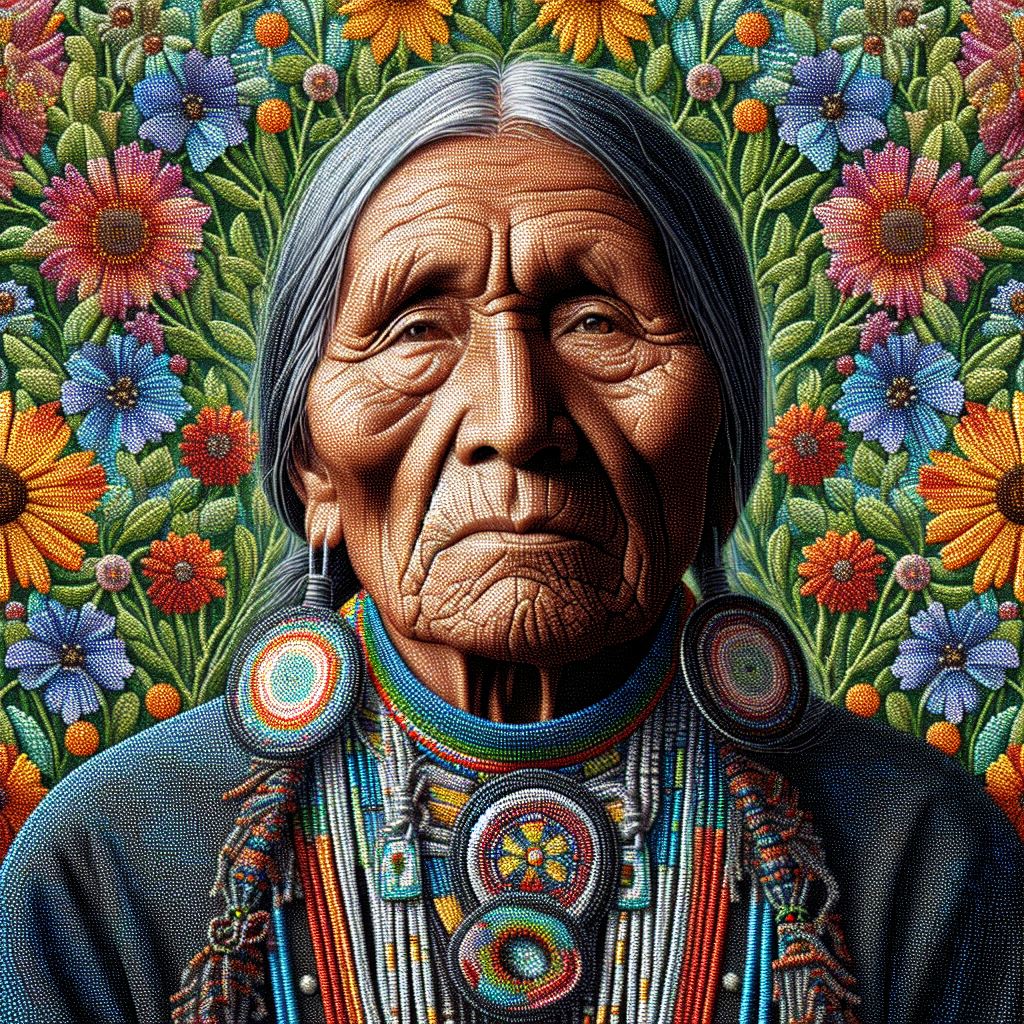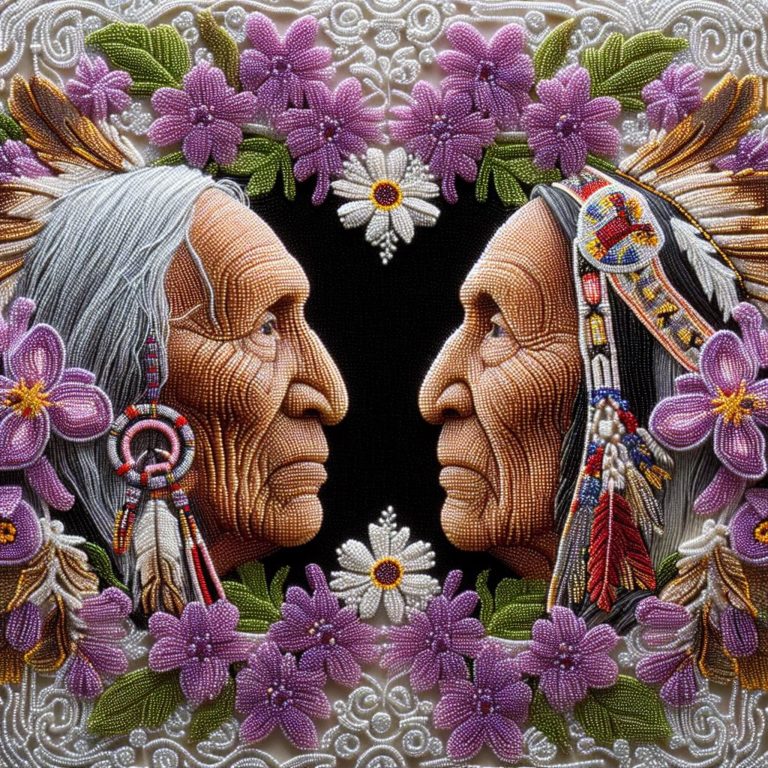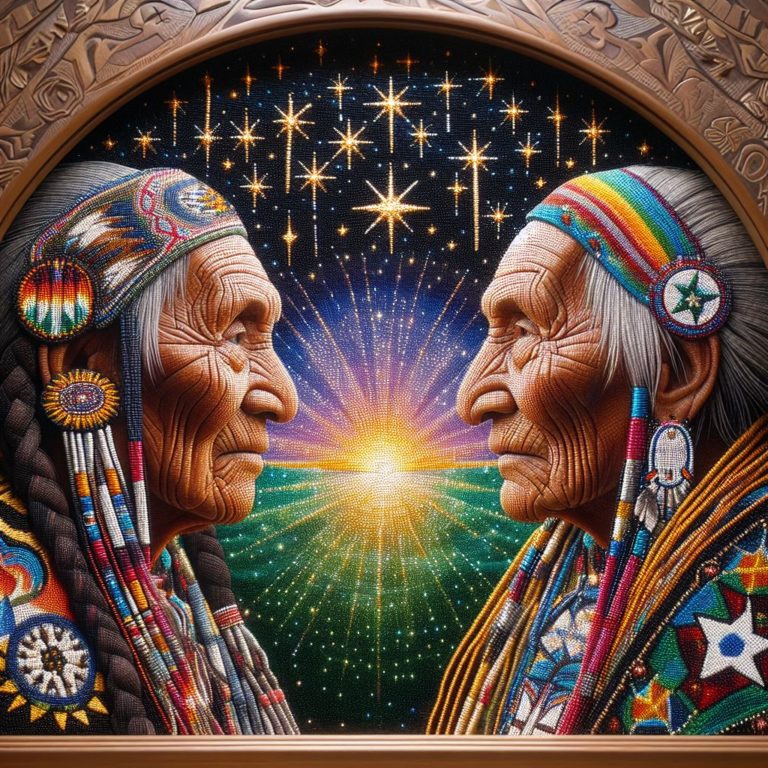LAW 693.04 Sessions 2 & 3: Practical Exercises in Indigenous Legal Frameworks – Mapping and Charting Our Path Forward
Objective:
These group exercises are designed to engage you with key concepts from the readings, encouraging critical thinking on the distinctions between Indigenous law and Aboriginal law, and how the decolonization of law can be conceptualized and practiced. The exercise will also cultivate reflexivity among the class regarding your roles and responsibilities as future lawyers in the process of reconciliation.
Instructions:
1. I will randomly break the class into groups of 5 students.
2. One person is designated note taker; one person is presenter and your roles change for Exercises A, B, and C throughout the afternoon.
3. Exercise Part A – Decolonization Brainstorm (20 minutes):
– Each group brainstorms and lists actions, principles, or changes that contribute to the decolonization of law.
– I encourage you to think about changes in legal practice, education, the judiciary system, legislative processes, and the recognition and integration of Indigenous legal traditions.
– Each group highlights two initiatives they deem most significant and provide a brief justification for their choices.
3. i. Group Presentations (30 minutes):
– Each group presents their brainstorm on decolonizing the law
– Presentations should be no longer than 5 minutes each.
4. Exercise Part B – Reflexivity Reflections (20 minutes):
– Within your same group, you should discuss your potential roles in decolonization and reconciliation as future lawyers.
– You should reflect on questions like: (a) How could you work towards authentic allyship and avoid performativity in your personal and/or professional lives?; (b) What ethical responsibilities would you hold as a lawyer called to the AB bar?
4.i. Group Presentations (30 minutes):
– Each group presents their brainstorm on reflections on lawyer’s roles in reconciliation.
– Presentations should be no longer than 5 minutes each.
5. Sept. 20 Exercise Part C – Mapping Indigenous and Aboriginal Law (30 minutes):
– Each group creates two separate mind maps or a chart; one for Indigenous law and one for Aboriginal law, as described by Val Napoleon and others.
– The mind maps/chart should include definitions, sources, examples of principles or cases, and contemporary challenges.
– Groups should consider the relationship between the two frameworks, identifying areas of overlap and divergence.
5.i. Group Presentations (30 minutes):
– Each group presents their brainstorm on their mind maps or charts on Indigenous and Aboriginal law.
– Presentations should be no longer than 5 minutes each.
– I encourage groups to clearly articulate the differences between Indigenous law and Aboriginal law as discussed in the readings, and why those distinctions matter for the practice of law in Canada.
7. Class Discussion (20 minutes):
– After all groups have presented, we open the floor for questions and discussions among the groups.
– We will discuss how understanding Indigenous law can contribute to the decolonization process and the responsibilities of lawyers in this context.
– I will guide the conversation toward thinking critically about how the legal profession can support the affirmation and implementation of Indigenous legal orders alongside Canadian law.
Assessment:
This exercise will be assessed based on participation in the brainstorming and discussions, the depth of analysis in the mind maps or charts, and the creation of the groups’ ideas during the presentation. The aim is to assess the understanding of the readings and the students’ ability to apply theoretical concepts to practical, real-world contexts within the legal profession.
Closure:
I will conclude the class by summarizing key insights from the exercises and highlight the importance of continued learning and dialogue around these issues beyond the classroom setting. Feel free to reflect on this and write on it for your Mini-Reflection Journal #2: how might you consider how your learning might influence your future practice as lawyers?


